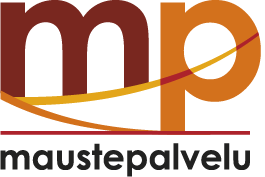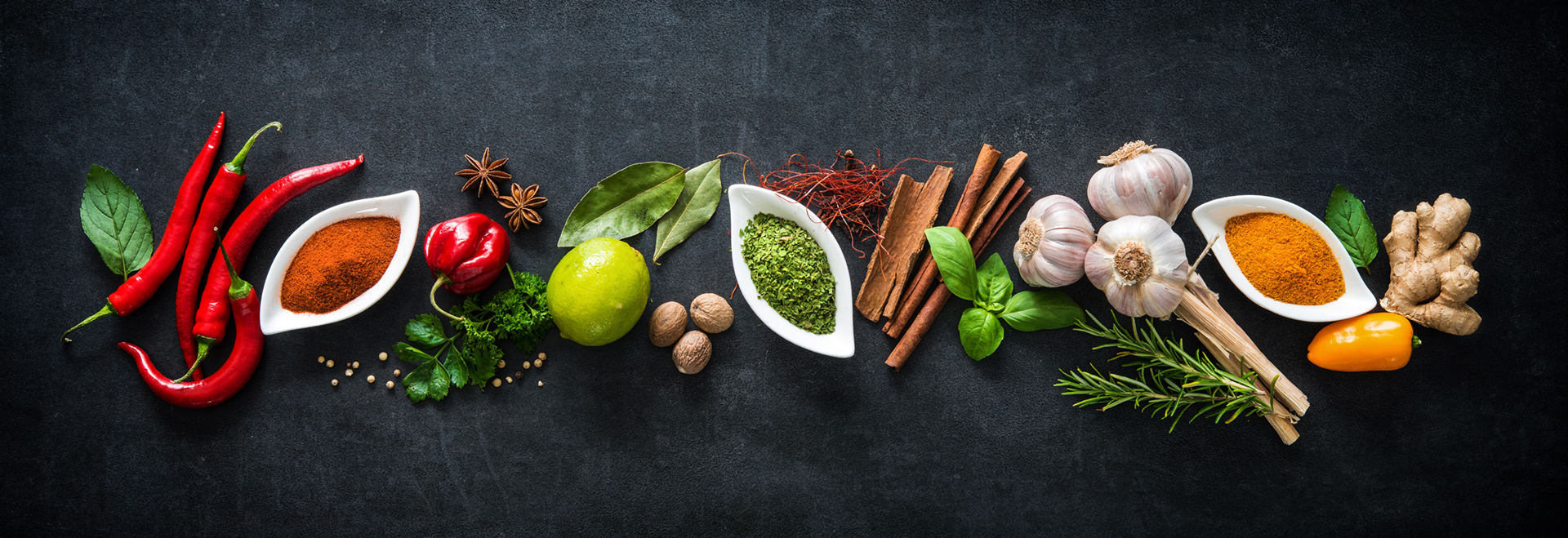High quality saffron from Barentz Middle East
Overcoming the Problem with Adulteration and Fraud in the Trading of Saffron
Prized for centuries for its aroma and golden colour, saffron commands the highest price of any spice. It is by far the most expensive food on earth, significantly more than both truffles and caviar. The high value has made saffron the subject of frequent adulteration and fraud. Reliable producers, which select and collect saffron directly from the best saffron farms, provide traceability and transparency.
In January 2016, Barentz International established a joint venture in Iran. Under the name Barentz Middle East our joint venture provides high-quality saffron, with traceability for each batch, which also meets the most stringent standards for food safety, quality and sustainability.
What is Saffron?
Saffron is a spice derived from the flower of the Crocus sativus, commonly known as the “saffron crocus” which bears up to 4 flowers, each with three vivid crimson stigmas. Saffron stigmas are rich in aroma, flavour and colour, and have been a key ingredient in cooking since ancient times. Fortunately, a little saffron goes a long way and most recipes call for just a pinch. Saffron is also used in pharmaceutical and cosmetic manufacturing.
Harvesting & Processing
The saffron harvest season is in November and it only flowers for two weeks. Typically a kilogram of saffron is harvested from an average of 170,000 flowers. The time consuming process from farm to final product includes transportation, handling of flowers, separation of stigmas, drying, sorting and packing. The saffron can be divided into the filaments and cut filaments or powder. Due to its suitable climate, Iran is the world’s main producer of saffron with a market share of almost 92%. Ancient Persians cultivated saffron as early as 10th century BC.
Saffron Quality & Fraud
The quality of saffron is determined by the chemical components responsible for its unique characteristics, including crocin and its derivate (colour), picro-crocin (bitterness) and safranal (aroma). Saffron types are graded by quality according to laboratory analysis to determine the quantity of these parameters. There are international standards that are used in the determination of the ranking. Cropping conditions, flower harvesting, saffron stigmas drying process and storing are other important parameters that influence the quality of the saffron.
Top grade saffron has a deep red colour and is dry to the touch. Next, there is a wide spectrum of lower quality saffron where at the bottom end you can find fake saffron, totally unconnected with Crocus sativus. White and yellow strands indicate that ingredients other than red stigmas have been added, such as other saffron plant parts, others plants (often maize cob), animal substances, organic colourants, fibers or even plastics. A mushy texture indicates high water moisture content, used to add weight. Fake saffron is often artificially coloured and flavoured.
Powdered saffron is even more susceptible to adulteration. Turmeric, paprika, and other substances are often combined with saffron powder. The common mislabelling of turmeric (Curcuma longa) as “Indian saffron”, “American saffron” or “Mexican saffron”, also suggests fraud.
Different forms of adulteration in saffron
| Forms of adulteration | Adulteration consisting in: |
| Without the addition of foreign substances | Mixing with condensed or older saffron |
| Adding substances that increase weight |
|
| Adding parts from other plants |
|
| Adding animal substances | Salted and dried meat fibers |
| Adding other substances | Beet, red-dyed silk fibers, pomegranate fibers |
| Adding organic dye substances | Martins yellow, tropeolina, fucsina, tartrazine, azorubine, Sudan dyes, orange yellow, naphtanol yellow, rocelline, red, sun set yellow etc. |
Testing the Quality of Saffron
There are several ways to test the quality of saffron, ranging from simple water tests and chemical colour tests, to chromatographic and spectroscopic methods. The saffron provided by Barentz Middle East comes from reliable farms and has undergone standardized laboratory tests to determine the quality. Its quality can therefore be fully trusted.
Simple Test: Real Saffron Floats in Water
You can easily perform a basic test of saffron by adding it to a glass of water. Pure saffron will remain afloat and releases a light red to orange colour after 3-4 minutes. Stamens will remain red coloured. Fake saffron sinks and releases a dark red colour immediately, because of the added colour. Stamens will turn into a lighter colour.
Barentz Middle East offers six types of saffron:
Grade 1 Sargol & Negin: Red stigma tips, strongest grade
Grade 2 Pushal & Bunch: Red stigmas mixed with some yellow stigmas
Grade 3 Konge: Yellow stigmas
Powder: High quality saffron powder
All Barentz saffron is tested using high technological equipment.
For more information on Barentz saffron products please contact your local Barentz representative.



